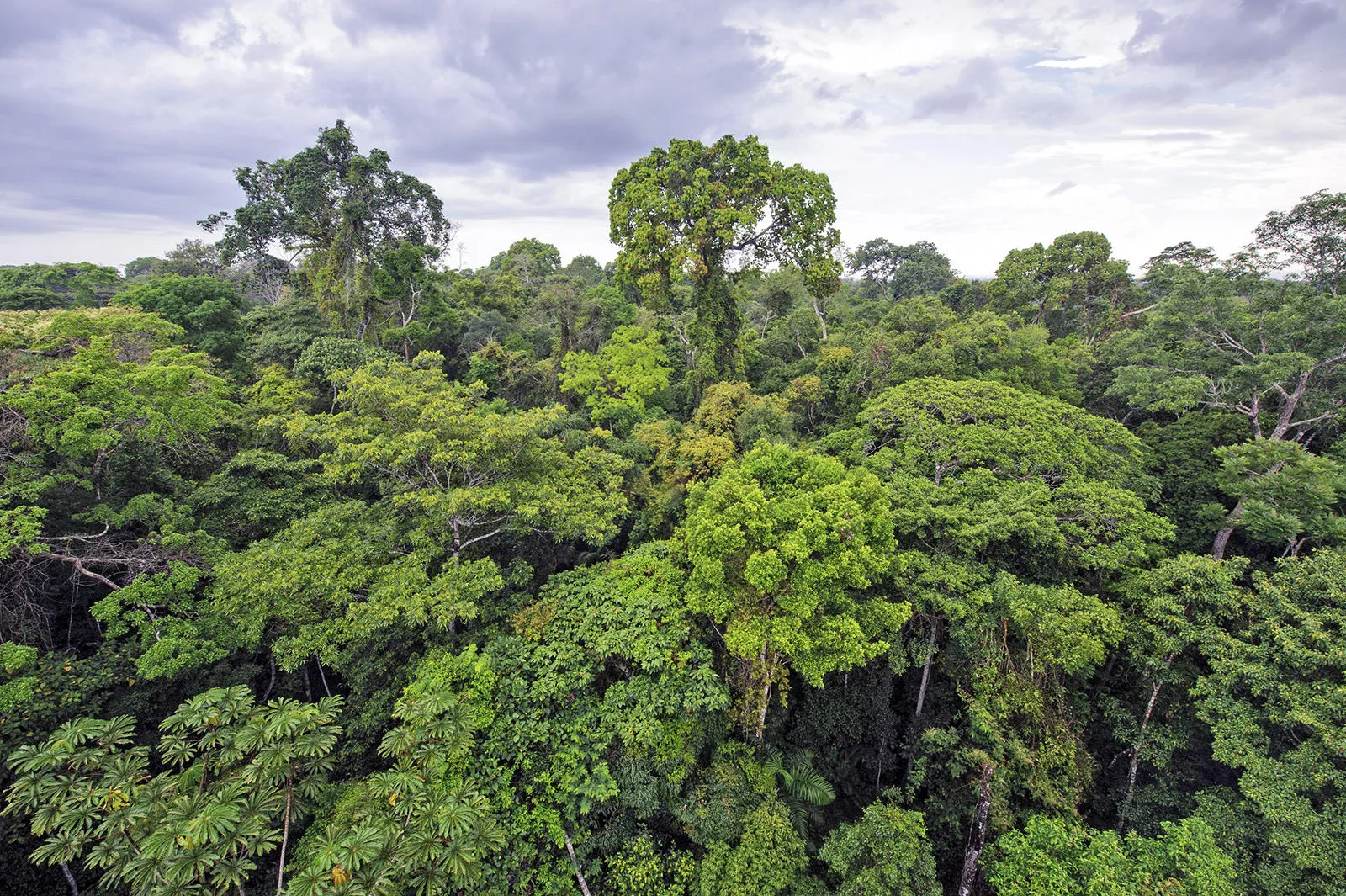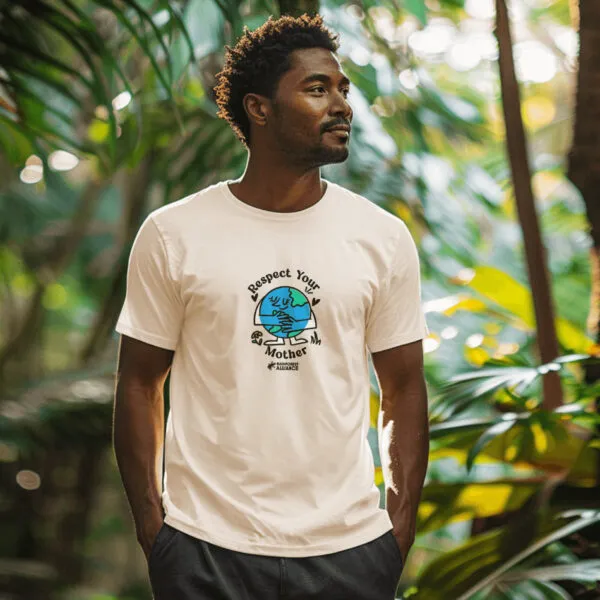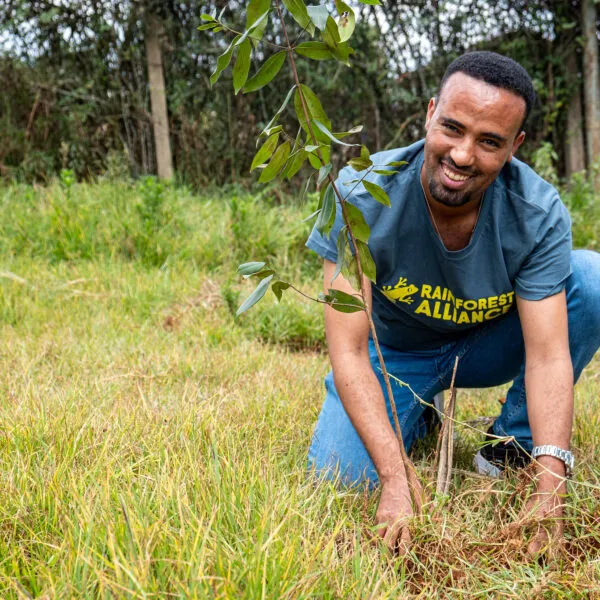Rainforests are essential to life on Earth. Not only do they provide air, water, medicine, food, and shelter to a multitude of living beings, they are also one of our best natural defenses against climate change because of their capacity to absorb greenhouse gases from the atmosphere.
When the founders of the Rainforest Alliance set out more than thirty years ago to save the world’s rainforests, we quickly learned that in order to do so, we’d have to transform the agricultural sector (the number one driver of deforestation worldwide), as well as forestry. From the beginning, our approach has been to work with farmers and indigenous and forest communities to cultivate sustainable rural livelihoods that incentivize conservation.
Together, we’re building a future where people and nature thrive. Sign up today and join our movement.
"*" indicates required fields
Today, we work in more than 60 countries to stop deforestation and initiate reforestation, improve livelihoods, and protect biodiversity. Although rainforests cover less than 3 percent of the planet, these ecological powerhouses are critical to nearly every aspect of the planet’s health—including our very ability to breathe.
Here’s what everyone should know about rainforests:
1. Rainforests are a powerful natural climate solution
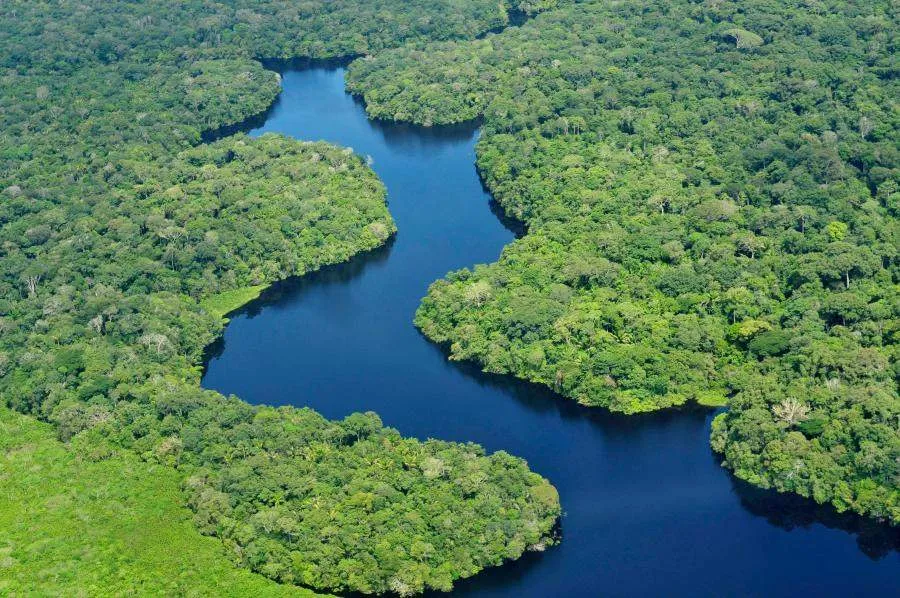
Not only do they regulate global temperatures, they also cool and regulate local micro-climates and limit the Earth’s reflectivity—which in turn stabilizes ocean currents, wind, and rainfall patterns. In a 2017 analysis published in the scientific journal PNAS, climate scientists concluded that natural climate solutions, including forest conservation/restoration and sustainable agriculture, could provide more than one-third of the global climate mitigation necessary to stabilize warming to below 2 °C.
2. Tropical forests have become a net carbon emitters.
In a distressing development, a 2017 study published in the journal Science reveals that tropical forests that once served as the Earth’s carbon sinks now emit more carbon than they absorb, because of deforestation and forest loss caused by humans. However, we cannot afford to give up on tropical forests. Restoring them and their ability to sequester carbon is one of several critical steps we must take to address our global climate crisis.
3. Tropical rainforests cover less than 3% of the planet, yet they are home to more than half our planet’s terrestrial animal species
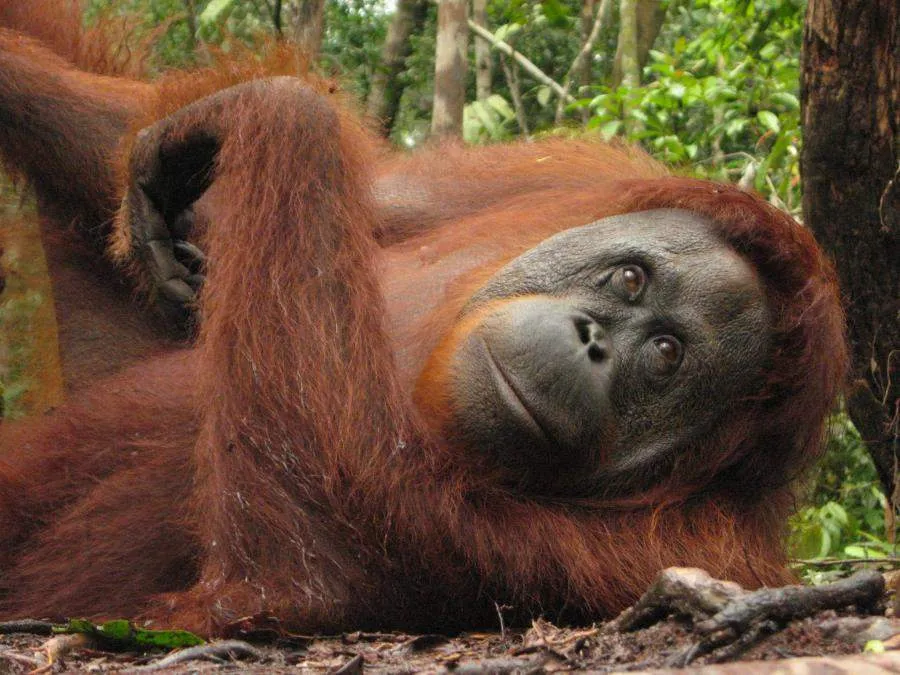
Bengal tigers, mountain gorillas, orangutans, jaguars, and blue poison dart frogs are just a few of the magnificent animals found in rainforests. Sadly, many of these species are on the brink of extinction, and their continued existence is crucial to maintaining the balance of marvelously efficient—but delicate—rainforest ecosystems.
4. Rainforests play an essential role in maintaining the Earth’s limited supply of fresh water
Rainforests add water to the atmosphere through the process of transpiration, by which plants release water from their leaves during photosynthesis. Deforestation reduces the moisture released into the atmosphere, causing rainfall to decrease. This is why the loss of forests often leads to drought. Forests are also natural water filters, keeping pollution and debris from flowing into water supplies and slowing the movement of rainwater so it flows into underground reserves. Scientists estimate that about 15% of the world’s freshwater flows from the Amazon Basin alone.
5. Rainforest plants are used in some of the world’s most important, life-saving medicines.
More than 60 percent of anticancer drugs originate from natural sources, including rainforest plants, according to research published in the PLoS One. Because rainforests are so rich in biodiversity, they hold enormous potential for future discoveries. Compounds in rainforest plants are already used to treat malaria, heart disease, bronchitis, hypertension, rheumatism, diabetes, muscle tension, arthritis, glaucoma, dysentery, and tuberculosis, among other health problems. And many commercially available anesthetics, enzymes, hormones, laxatives, cough mixtures, antibiotics, and antiseptics are also derived from rainforest plants and herbs.
6. A swath of rainforest the size of 40 football fields disappears each minute
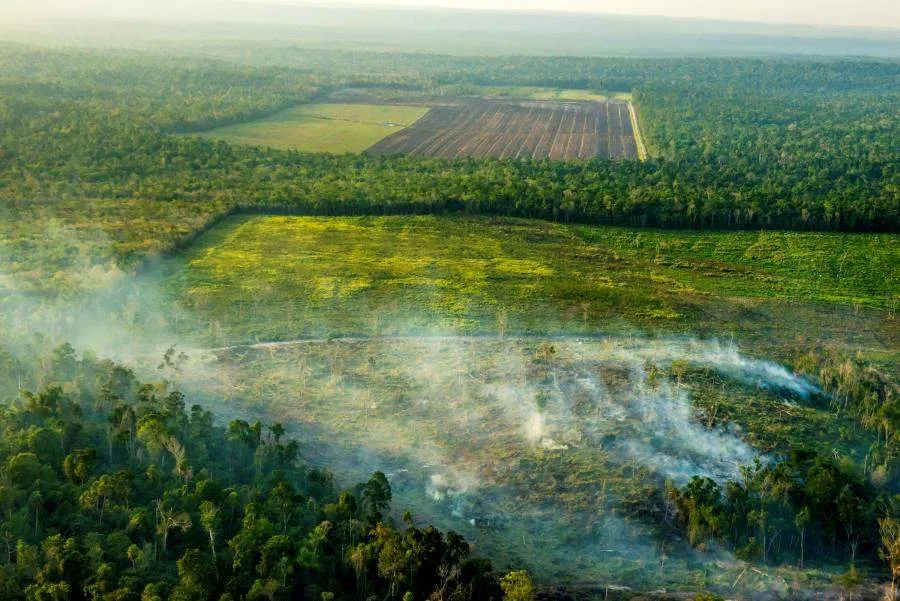
According to Global Forest Watch, our planet loses tropical forestland equivalent to the size of Bangladesh is every year. In 2017 alone, we lost 15.8 million hectares of tropical forests; all told, humans have destroyed nearly half of the world’s original forest cover.
7. 1 out of 4 people worldwide depend on forests for their livelihoods.
Nearly 1.6 billion people—more than 25% of the world’s population—rely on forest resources for their livelihoods, according to the UN Food and Agriculture Organization, and most of them (1.2 billion) use trees on farms to generate food and income. Generating sustainable, forest-based livelihoods that incentivize conservation is a proven approach to saving the world’s forests.
8. You can help conserve rainforests by choosing products that bear the Rainforest Alliance Certified seal (Hint: just #FollowTheFrog!).
The Rainforest Alliance’s Sustainable Agriculture Standard includes requirements designed to protect standing forests, including native forest set-asides for large farms and practices that nurture soil health and increase productivity on existing farmland (thereby reducing pressure to expand by cutting down forests). Added benefit: the shade requirements for Rainforest Alliance Certified coffee and cocoa farms also contribute to better quality crops.
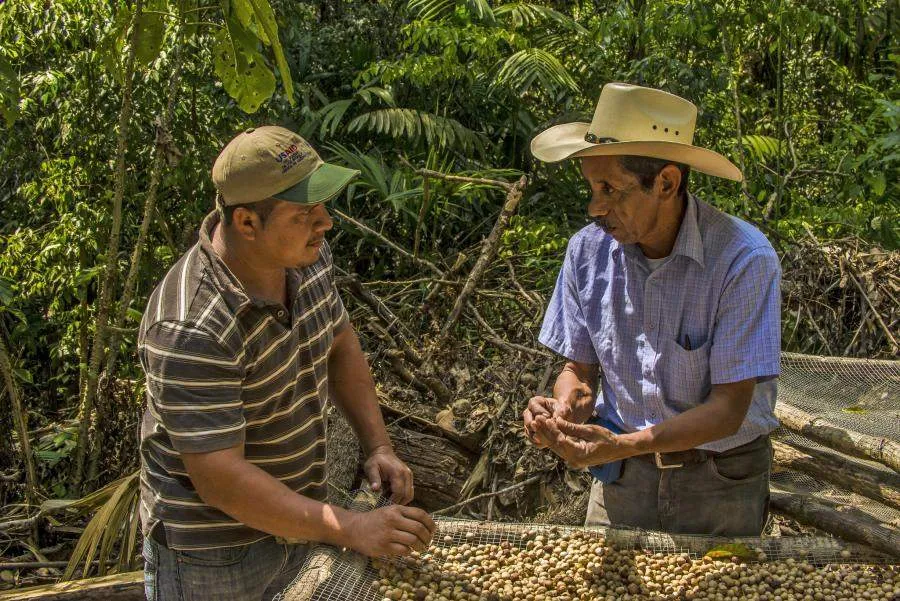
9. Working in partnership with rural communities is an effective, proven approach to keeping forests standing and conserving natural resources
The Rainforest Alliance works hand-in-hand with indigenous, forest, and farming communities to advance sustainable development initiatives that cultivate rural prosperity, which is key to the successful conservation of standing forests and other natural resources. Since 2011, the rural producers and indigenous communities participating in these initiatives have earned $191 million in revenue while protecting their natural resources.
